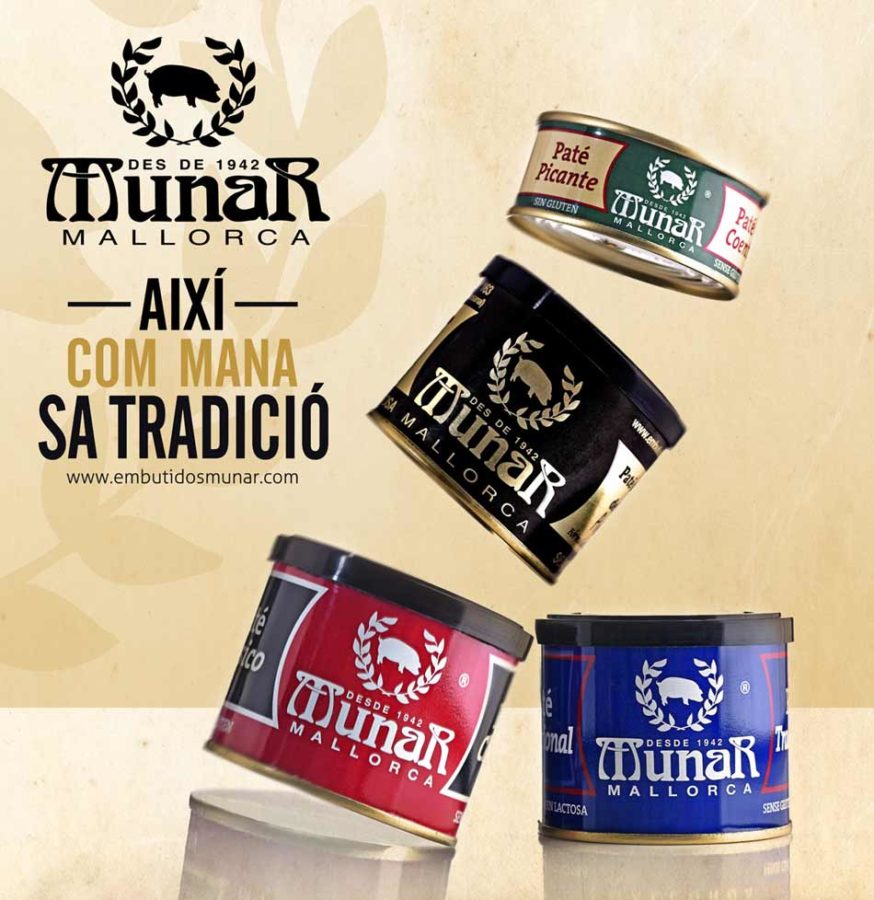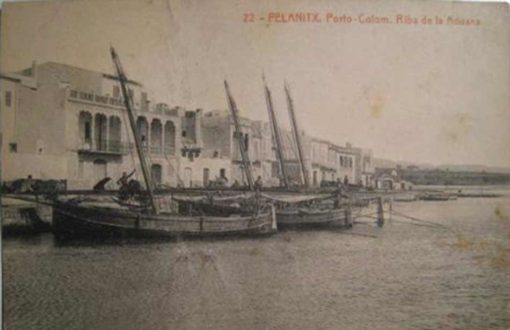
The tradition of the pates in Mallorca
The tradition of pates in Mallorca has a curious connection with France, being there the origin of the local tradition.
The French connection
Between Mallorca and France, commercial ties were established during the nineteenth century for curious reasons, and that forever marked the local gastronomy and industry.
In 1862, France suffered the plague of Filoxera, which destroyed its vines causing a serious shortage, which forced them to look for wines abroad.
Mallorca, to which the plague had not yet arrived (as an island), produces wine and takes advantage of the circumstance by increasing production to export wine to France, meeting the high demand of French wine-makers between 1865 and 1890.
Commercial traffic is established from the port of Portocolom (Felanitx – Mallorca) to Sete (France). A Customs is even enabled at the port of Portocolom.

The boats are taken advantage of, on their return journey, and they bring back to Mallorca French products unknown until that moment as the ceramics of Limoges and the recognized French pâtés. The Mallorcan people discover this delicacy, enriching the local culture, adopting new customs and innovating with their own recipes. When two cultures come into contact, they have the opportunity to get to know each other and enrich each other. That’s what happened in this case.
Home made recipes
In this way, the tradition of the pates in Mallorca is born. Homemade recipes were passed from generation to generation to our day. Still, in many private houses on Mallorca (especially in the more traditional villages such as Sóller, Felanitx and Porreres) this custom of producing pâtés for one’s own family survives.
The recipe for the Artisan pâté, originally made in 1942 by Jaume Munar’s grandmother, is still produced in Porreres. It remains faithful to its original formula, with the best black pork meats on the island.
This was followed by the recipe for pâté Casero, the recipe for pâté Tradicional, and finally the recipe for pâté Picante (hot spicy).
Trade and relations with France spread further across the Mediterranean to North Africa. The following post talks about those relationships and the pied-noir: Sobrasada Pied-noir
